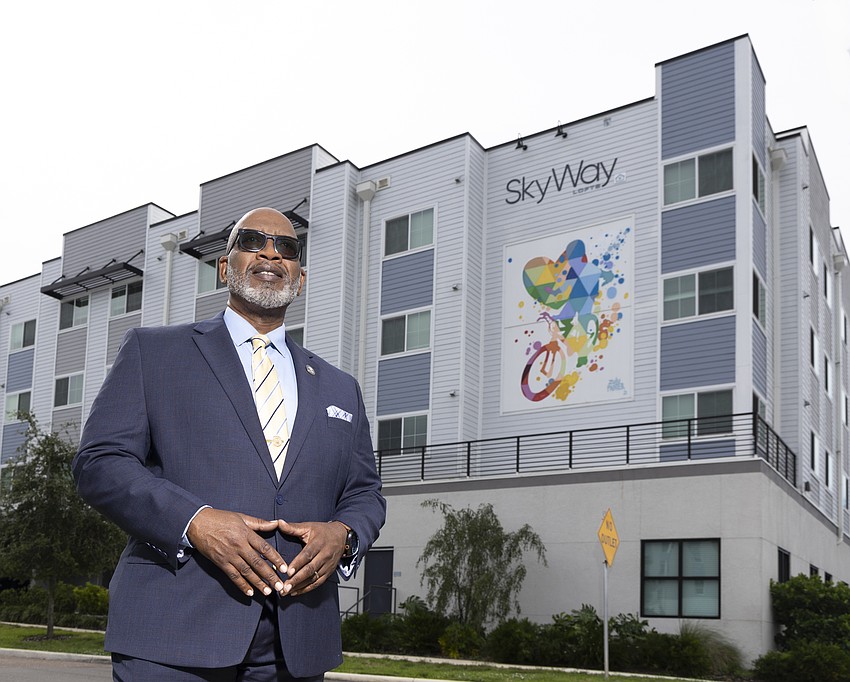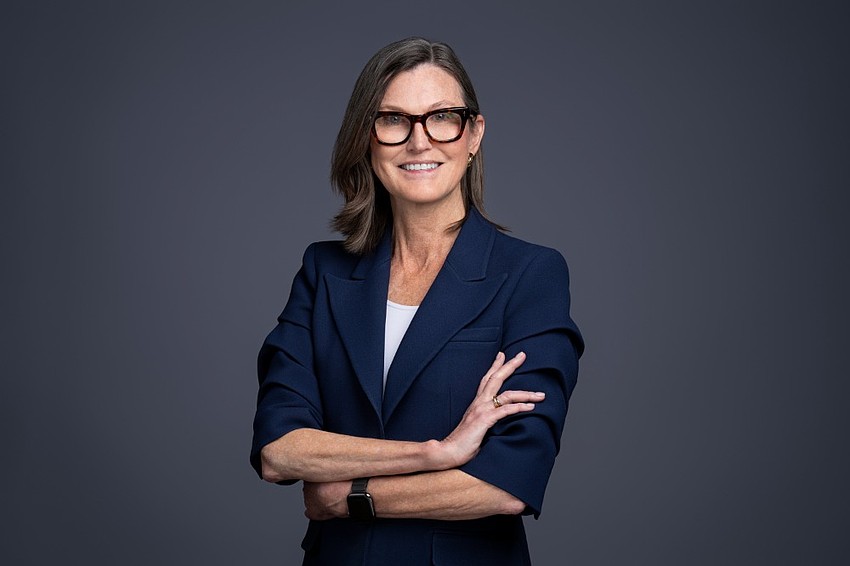St. Petersburg Mayor Kenneth Welch has received an unsolicited offer from a development team proposing a $6.8 billion redevelopment of nearly 100 acres downtown, including the property where Tropicana Field now sits.
The proposal aims to transform the Historic Gas Plant District in the city and fills a gap left after the Tampa Bay Rays backed out of a deal earlier this year that would have brought a new ballpark and the redevelopment of 86 acres.
In a statement Friday, Welch says his team is reviewing the proposal submitted earlier in the day.
“I appreciate their interest in developing the Historic Gas Plant District — which remains a top priority of my administration — as well as their ongoing commitments to our community,” he says. “While we review this proposal, our primary focus will remain on pursuing impactful outcomes that reflect the needs and aspirations of our residents, and on honoring the promises of inclusive economic opportunity made to the Historic Gas Plant community.”

Kenneth T. Welch, St. Petersburg’s mayor and a strong advocate for affordable housing in the city.
Photo by Mark Wemple
Tropicana Field was built on the site of the Gas Plant neighborhood, a historic Black community displaced by the construction of Interstate 175 and the stadium.
The redevelopment proposal was submitted by a team named ARK Ellison Horus LLC, which was formed and led by high-profile tech investor Cathie Wood, founder and CEO of ARK Investment Management; Casey Ellison, founder and CEO of Ellison Cos., which is redeveloping the city’s former police headquarters; and Jonathan Graham, president of Horus Construction Services.
Baker Barrios is the master planner architect.
The proposal calls for 95.5 acres, including the Tropicana Field site, to be developed in four phases over the next 17 years. According to the development team, the project will be a “long-term economic engine, a cultural anchor and a global model for innovation and equitable growth.”
The development team says it will pay the city at least $202 million for 53.5 acres that it will develop. The remaining land, which it will also develop, will be publicly owned.
In all, public infrastructure costs are expected to total $239 million and be paid for through a variety of sources. One of those sources would be the city, which would contribute $120 million.
Like the Rays plan that fell through earlier this year, housing is a key part of the proposal.
The development team calls for 3,701 new homes including 1,776 market rate units; 444 workforce units for those making between 80% and 120% of the area median income; 863 units for those earning 30% to 80% of AMI; and 618 affordable units for seniors.
Unlike the Rays proposal, the development team says, all the promised affordable housing units will be onsite and not built elsewhere in the city.
“In total, more than half of all residential units will be delivered as income restricted housing, integrated into mixed-income neighborhood that emphasize walkability, accessibility and community pride,” the proposal reads.
As for the cultural portion of the project, the development team will build the Woodson African American Museum of Florida and a state-of-the-art theater.
There will also be a “cultural corridor” connecting several St. Petersburg neighborhoods — Midtown, The Edge and the Innovation District — with public art, history installations and year-round programming.
Other features will include a 4,000-seat indoor music hall and a 1,500-seat outdoor amphitheater. And there will be 1,543 new hotel rooms to accommodate visitors, according to the proposal.
The innovation portion of the project calls for 500,000 square feet of innovation hubs and labs, a 200,000-square-foot innovation hall for global conferences and showcases, and a research center that will create up to 900 specialized jobs.

Cathie Wood, recently appointed chair of the Board at Tampa Bay Innovation Center
Courtesy image
“Unlike developments that rely on a single anchor tenant, this plan builds an economy of many anchors,” Wood says in the statement. “From startup accelerators to research labs, the Gas Plant District will attract entrepreneurs, scientists and investors” wanting to build the next wave of innovation in the city.
As part of the proposal, the development team says that within three years of approval it will break ground on the Woodson Museum, deliver 446 affordable housing units with ground floor retail and launch the Gas Plant Business Accelerator to support Black-owned and local firms.
With the proposal in hand, Welch can now simply reject it or open up the process for more bids. A rejection, though, is highly unlikely given the mayor’s often-stated goal of redeveloping the district.
And opening up the process to bids would be a full circle moment of sorts.
Welch chose the Rays and its development partner Hines for the $6.5 billion redevelopment of the Gas Plant district not long after taking office in 2022. That deal called for the Rays and Hines to build a $1.3 billion ballpark, which included $312.5 million from Pinellas County and $280 million from the city.
Much has changed since then, including a major hurricane damaging Tropicana Field about a year ago, the Rays backing out of the agreement earlier this year and the team being sold.
Yet, as the old saying goes, the more things change, the more they stay the same.
The project is being designed to accommodate the Rays should the team decide to stay beyond the end of its lease on Tropicana Field in 2028.

